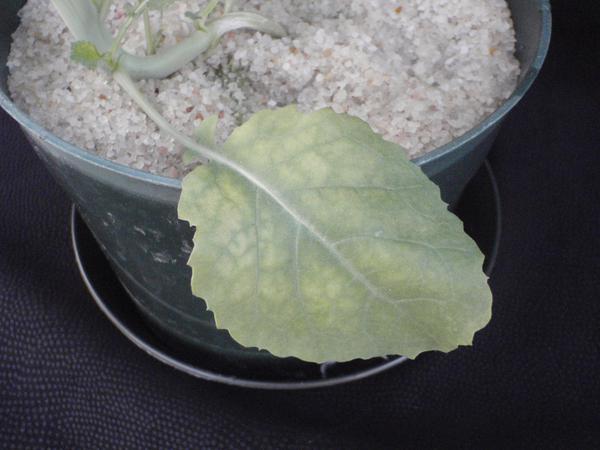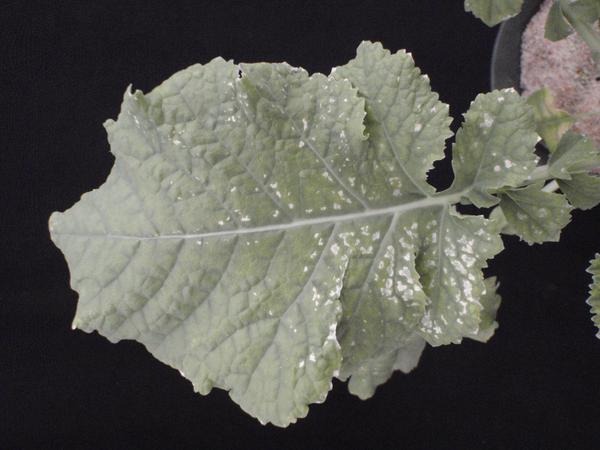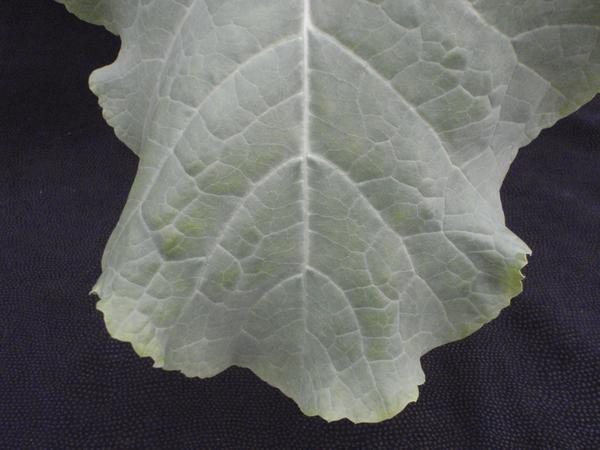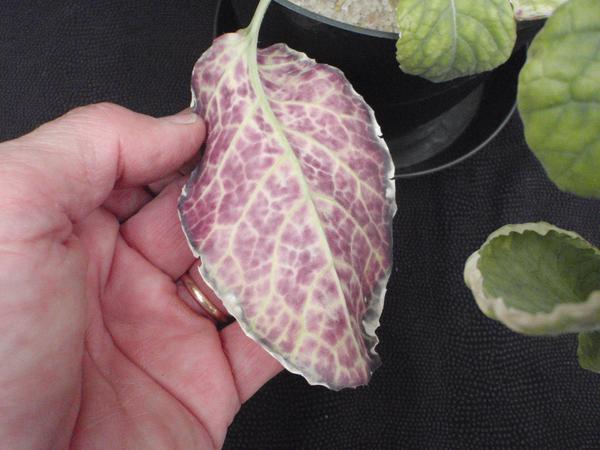From the Field - Agronomy Notes
In this Brassica carinata (Ethiopian mustard) research update, we highlight the symptoms of magnesium deficiency. These images are part of a project by the Southeast Partnership for Advanced Renewables from Carinata (SPARC) to develop a diagnostic series for the identification of nutrient disorders of Carinata. Carinata is an exciting new crop in the Southeast used for a wide variety of primary and secondary agricultural products including cover crops, feedstock, high protein meal, and jet fuel. It is similar in management to canola given both canola and carinata are winter annual Brassica oilseed crops. However, carinata oil is not edible.
Symptoms
Magnesium (Mg) is the central element in the chlorophyll molecule, so initial Mg deficiencies often appear as interveinal chlorosis. Since it can be broken down and translocated, magnesium is a mobile element and will move from the older lower foliage to the newer growth where it is needed. Magnesium deficiency stress manifested early in the course of the experiment. As such, magnesium fertilizer levels should be monitored closely.
Magnesium deficiency first manifests as a slight interveinal chlorosis of the lower foliage (Figure 1). This interveinal chlorosis can be accompanied by necrotic lesions over the leaf surface (Figure 2). These lesions will have necrotic brown centers and may be accompanied with a darker brown margin (Figure 3).
As magnesium deficiency proceeds from beginning to intermediate stages, the interveinal chlorosis becomes more pronounced in color and contrast. This color change can result in certain interveinal regions becoming slightly purple to pink (Figure 4). The underside of the leaf will have a very stark and bright purple to red coloration between the veins (Figure 5).
If allowed to continue, magnesium deficiency will eventually result in the necrosis of lower foliage and eventual abscission. To ensure proper diagnosis the above material should be used in conjunction with a leaf tissue sample and / or field test.
Key Contacts
Key Contact Central East:
Dr. Angela Post, NC State Univ. Department of Crop and Soil Sciences – angela_post@ncsu.edu
Dr. Carl Crozier, NC State Univ. Department of Crop and Soil Sciences – ccrozier@ncsu.edu
Key Contact South East:
Dr. Michael Mulvaney, UF/IFAS West Florida Research and Education Center – m.mulvaney@ufl.edu
Primary Authors: Paul Cockson, Dr. Carl Crozier, Dr. Ramon Leon, Dr. Michael Mulvaney, Dr. Angela Post, and Dr. Brian E. Whipker
Project Team: NC State Univ. personnel Paul Cockson (NC State B.S. student in Agroecology), Ingram McCall (Research Technician in Horticultural Science at NC State), Dr. Carl Crozier (Professor and Extension Specialist at NC State), Dr. Ramon Leon (Assistant Professor at NC State), Dr. Angela Post (Assistant Professor and Extension Specialist NC State), and Dr. Brian Whipker (Professor of Floriculture and Plant Nutrition in Horticultural Science at NC State). Univ. of Florida personnel Dr. Michael Mulvaney (Cropping Systems Specialist at UF/IFAS West Florida Research and Education Center.
Publication date: Jan. 1, 2021
N.C. Cooperative Extension prohibits discrimination and harassment regardless of age, color, disability, family and marital status, gender identity, national origin, political beliefs, race, religion, sex (including pregnancy), sexual orientation and veteran status.








